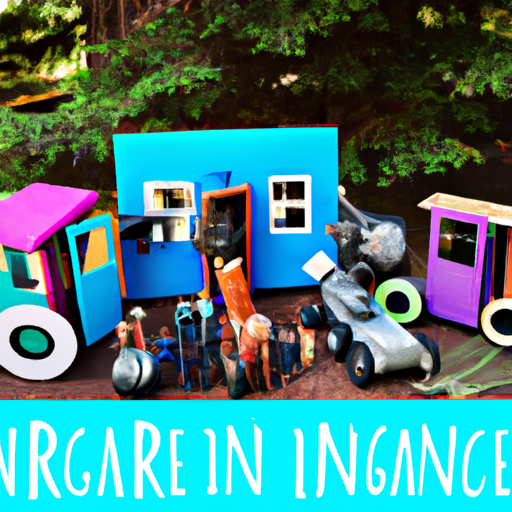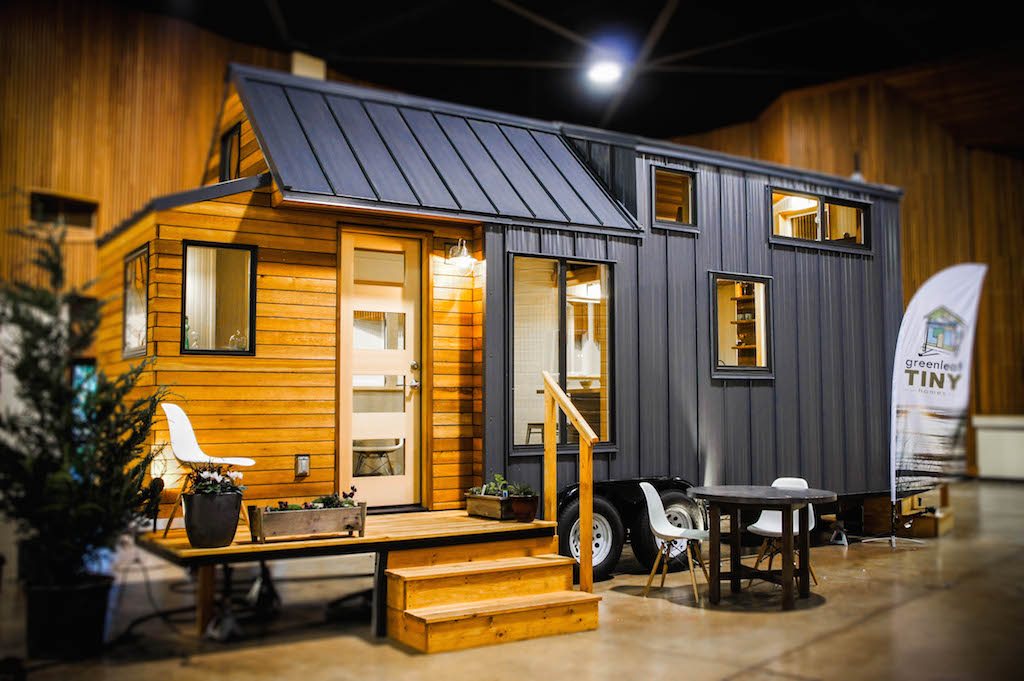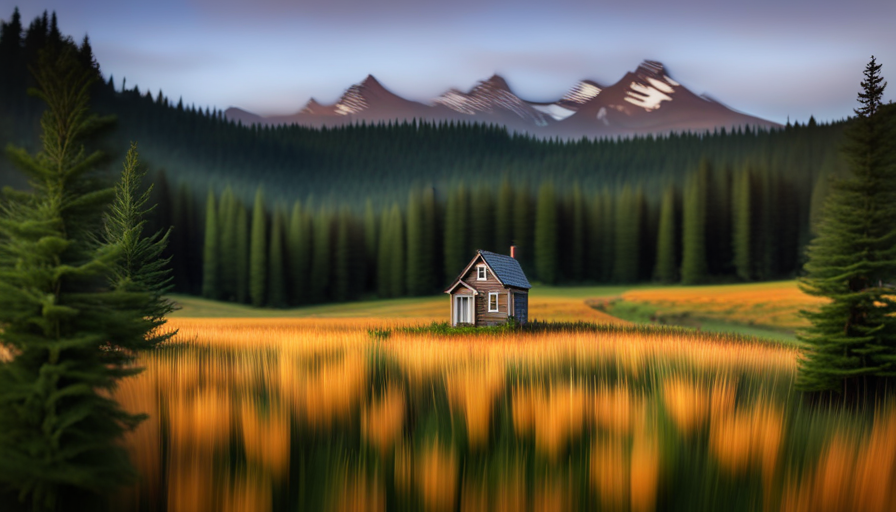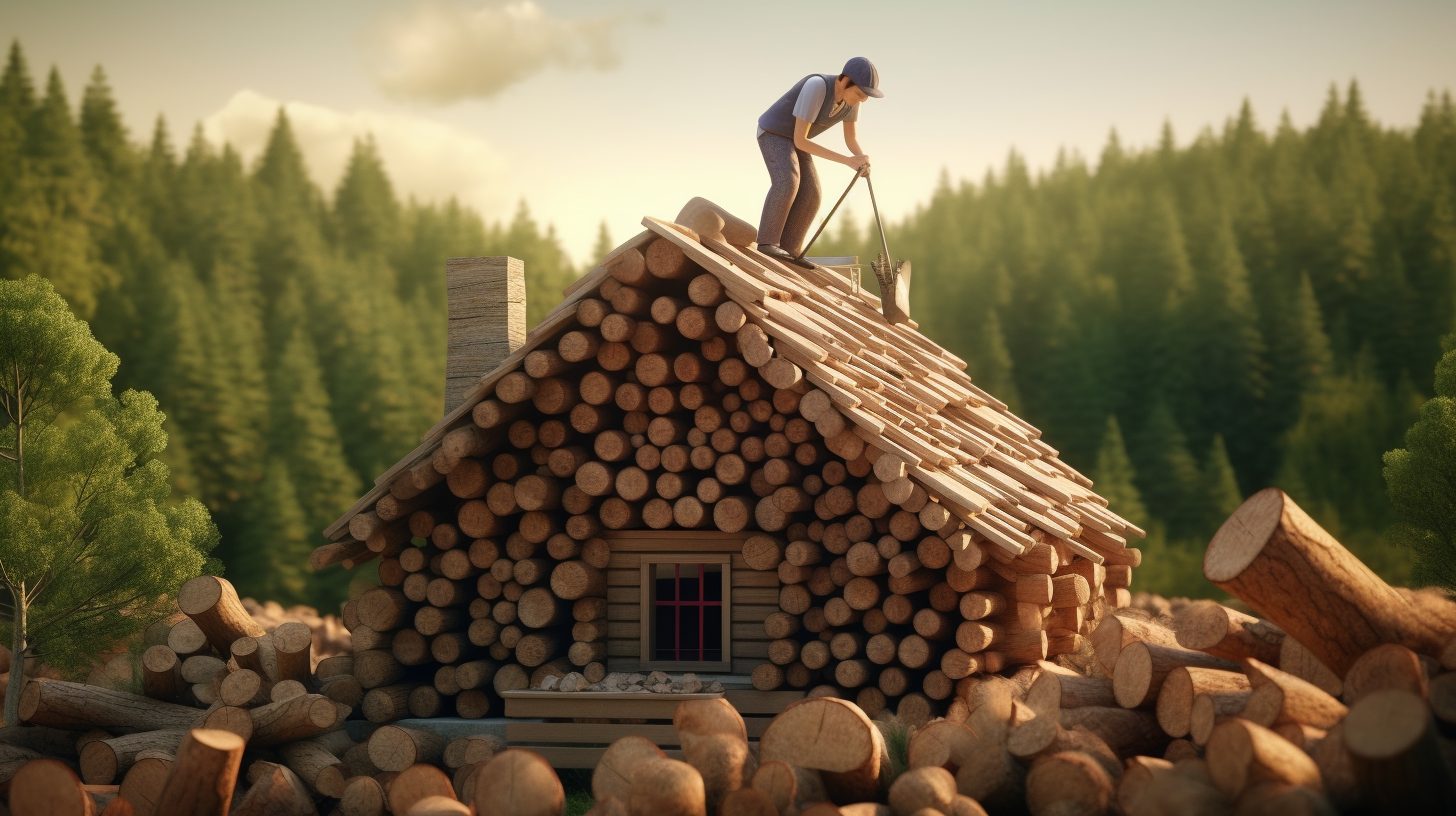If you are intrigued by the idea of minimalistic living, the Catskills Tiny House Workshop in Livingston Manor, New York is the perfect opportunity to turn that dream into reality. This workshop provides a unique chance to learn all about designing, building, and moving a tiny house, making it a must-do experience for those interested in simplifying their living space.
The workshop promises to cover everything from common misconceptions about tiny houses to how to create a blueprint without drawing skills, and even how to transport a completed house. With just a $495 fee, attendees get to not only learn but also receive accommodations, breakfast, blueprints, plans, contracts, and a comprehensive how-to guide.
The workshop’s location in the serene Catskill mountains only adds to the charm of the experience. I am excited to attend this workshop and gain the skills and knowledge to build my dream home and live a simpler, more sustainable lifestyle.
In this article, I will provide an overview of the workshop’s location, logistics, and topics covered, along with some building and designing tips that I learned during my time at the workshop.
Key Takeaways
- The Catskills Tiny House Workshop offers an opportunity to learn how to design, build, and move a tiny house.
- The workshop takes place in June 2023 in Livingston Manor, NY and includes accommodations, breakfast, blueprints, plans, contracts, and a comprehensive how-to guide for a fee of $495.
- The workshop covers a range of topics including creating blueprints, trailer options, DIY techniques, budget planning, and advice on locating and renting land for a tiny house.
- The workshop provides practical and informative tips for anyone interested in designing and building their own tiny home.
Location and Logistics
I’m excited to attend the Catskills Tiny House Workshop in June 2023, which will be held in Livingston Manor in New York’s Catskill mountains. It’s conveniently located just two hours away from the city.
I’m especially thrilled that guests can camp on the grounds, which means I can fully immerse myself in the workshop experience. The workshop will cover everything I need to know about designing, building, and moving a tiny house.
I’m also pleased to know that the $495 fee includes accommodations, breakfast, blueprints, plans, contracts, and a how-to guide. I can’t wait to see the workshop schedule and plan out my days to make the most out of this amazing opportunity.
Workshop Topics
Exploring the ins and outs of designing a personalized blueprint for a mobile abode, without the need for extensive drawing skills, is one of the many exciting topics covered in the Catskills Tiny House Workshop.
Many people believe that designing a tiny house requires extensive drawing skills or the hiring of an architect. However, this is not the case. The workshop teaches attendees how to create a blueprint without any prior drawing skills, making it accessible for anyone interested in building their own tiny house.
In addition to learning how to design a blueprint, attendees will also learn about the varying dimensions of movable houses and the best model trailer for a small house. With so many trailer options available, it can be overwhelming to determine which one is best for a tiny house. The workshop covers the different options and helps attendees make an informed decision when selecting a trailer for their mobile abode.
By the end of the workshop, attendees will have a solid understanding of how to design and build their own tiny house, without any common misconceptions holding them back.
Building and Designing Tips
One of the most valuable tips I gained from the Catskills Tiny House Workshop was how to convey building terms effectively to a builder in order to ensure the design is executed correctly. DIY techniques were discussed, including how to create a blueprint without drawing skills and how to find and pay a builder.
For those on a budget, it was emphasized that there’s no need to hire an architect, as long as you have a solid understanding of key building terms and can communicate effectively with your builder. Budget planning was also an important aspect of the workshop.
Participants were taught how to procure the best model trailer for a small house and given advice on how to locate and rent land for a tiny house. Additionally, they were advised on how to draw water from a stream or pond, which could save on utility costs.
Overall, the workshop provided practical and informative tips for anyone interested in designing and building their own tiny home.
Frequently Asked Questions
What is the maximum size of a tiny house that can be legally transported on the road?
When it comes to legal requirements for transporting a tiny house, the maximum size allowed is 8.5 feet wide and 13.5 feet tall. Transportation logistics require a permit for anything larger.
Can a tiny house be connected to city utilities such as electricity, water, and sewer?
Connecting utilities in a tiny house is possible, but the practicality of off-grid options should be considered. City water and electricity can be connected, but sewer may require a composting toilet or alternative system.
Are there any restrictions on the types of materials that can be used to build a tiny house?
Building a tiny house with alternative materials is like crafting a unique puzzle piece. However, regulations on using salvaged materials vary by state and municipality. Researching and following proper codes is crucial for a safe and legal construction.
How long does it typically take to build a tiny house from start to finish?
Building a tiny house can take anywhere from several months to a year depending on factors such as size, complexity, and experience level. Cost considerations include materials, labor, and permits.
What are some common challenges that people face when living in a tiny house, and how can they be overcome?
Living in a tiny house can present design challenges, such as optimizing space and storage. However, solutions like multi-functional furniture and creative organization can overcome these obstacles and create an efficient and comfortable living space.
Hi, I’m Emma. I’m the Editor in Chief of Tiny House 43, a blog all about tiny houses. While tree houses are often associated with childhood, they can be the perfect adult retreat. They offer a cozy space to relax and unwind, surrounded by nature. And since they’re typically built on stilts or raised platforms, they offer stunning views that traditional homes simply can’t match. If you’re looking for a unique and romantic getaway, a tree house tiny house might just be the perfect option.










